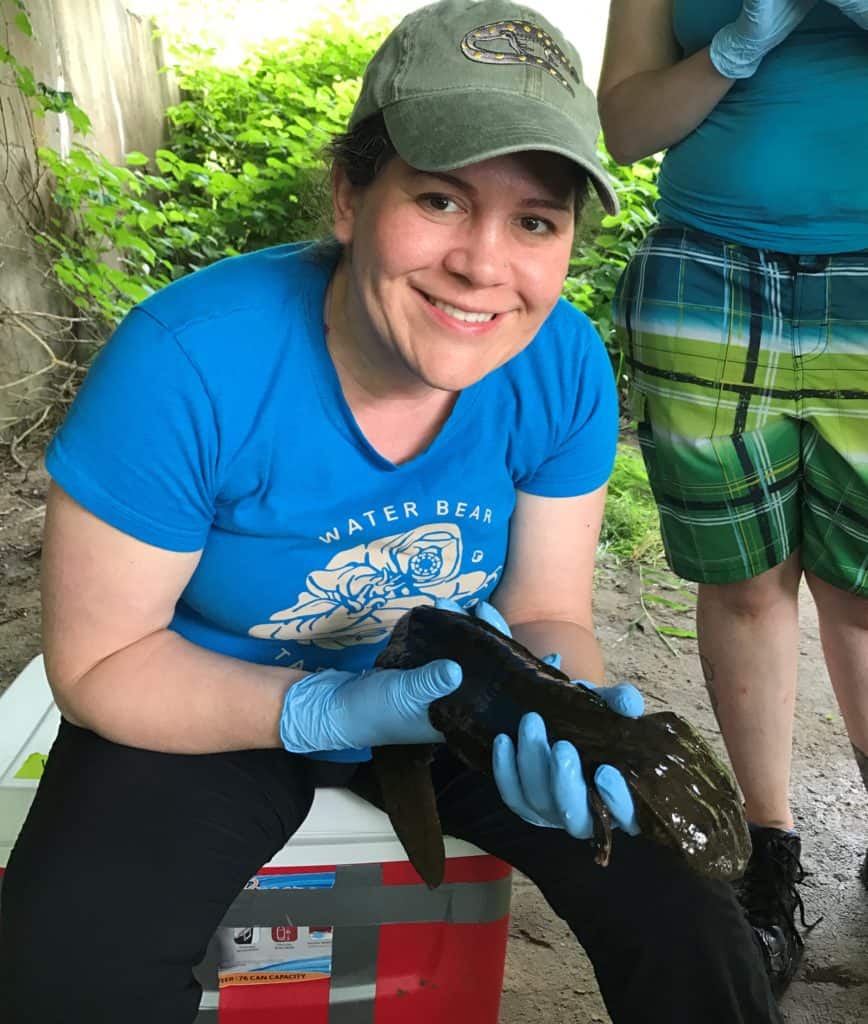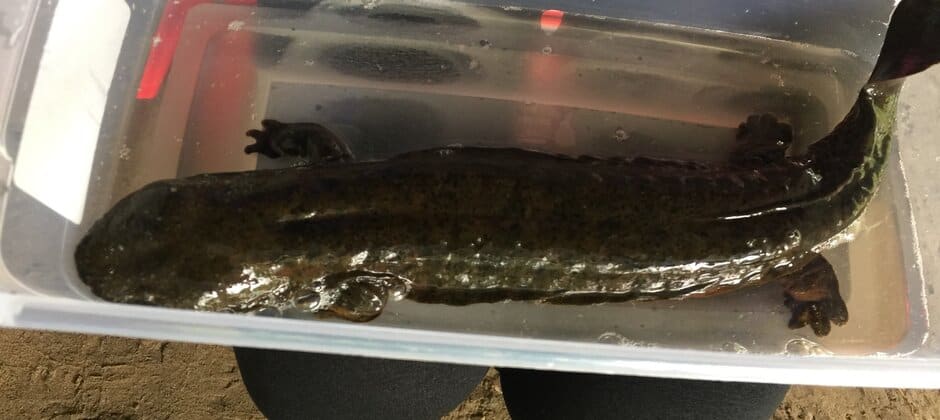Share this article
Some salamanders have chytrid-resistant skin
Some North American salamander species may have special skin proteins that help them resist otherwise deadly fungal diseases.
“Salamanders who are able to limit infections of Bsal or Bd in the skin would be less likely to develop disease or experience populations decline in the wild,” said Kenzie Pereira, a PhD student at Duquesne University in Pittsburgh, Pa. and one of the two authors of a study published recently in Animal Conservation.
Fungi like Bsal (Batrachochytrium salamandrivorans) and Bd (Batrachochytrium dendrobatidis) cause chytrid diseases, which threaten amphibian populations around the world. The latter has even driven some amphibian populations to extirpation in the Americas, causing a whole host of cascading ecological consequences. Bsal, which likely originated in East Asia and more recently found its way into European salamander populations, has yet to be discovered in North American salamanders.
Even so, Bsal remains a persistent threat due to the potential damage it could cause in salamander hot spots such as the southeastern U.S.— enough of a threat that the governments of Canada and the United States have both taken steps to limit the import of salamanders.

Researcher Kenzie Pereira holds a hellbender. Credit: Sara McClelland
“Bsal is not in North America yet, but it seems like it’s only a matter of time before it arrives. It seems like the arrival of Bsal could have huge consequences for North American species,” Pereira said. But when it does arrive, researchers are still unclear about which species may be most affected by the fungal disease.
“We don’t know why some species are more susceptible than others. We don’t know what defenses are important for resisting chytrid disease,” she said.
Amphibians have peptides — an amino acid chain or protein — in their skin that sometimes have anti-microbial properties. Those properties can help defend against fungal pathogens that affect the skin like the chytrid diseases.
Pereira and her co-author Sarah Woodley extracted peptides from the skin of eastern hellbenders (Cryptobranchus alleganiensis), spotted salamanders (Ambystoma maculatum), red-legged salamanders (Plethodon shermani) and Ocoee salamanders (Desmognathus ocoee). In the laboratory, they mixed these peptides with Bsal and Bd fungi using a few different methods.
They found that that the peptides of the different species greatly varied in terms of their ability to kill the different chytrid fungi.
Peptides found in red-legged salamanders, considered vulnerable by the International Union for Conservation of Nature, and Ocoee salamanders didn’t inhibit the deadly fungi at all.
On the other hand, the peptides of relatively common spotted salamanders were found to inhibit both chytrid fungi.
eastern Hellbender peptides showed mixed results — the lab tests showed their skin might be able to inhibit Bsal but not Bd.
“It highlights the fact that these skin peptides may be very important for defending against chytrid fungi in some species,” Pereira said.
This knowledge could help wildlife managers plan potential conservation measures if and when Bsal gets into North American salamander species, she said.
Header Image: Eastern hellbenders are less resistant to Bsal than other North American salamanders. Credit: Kenzie Pereira








